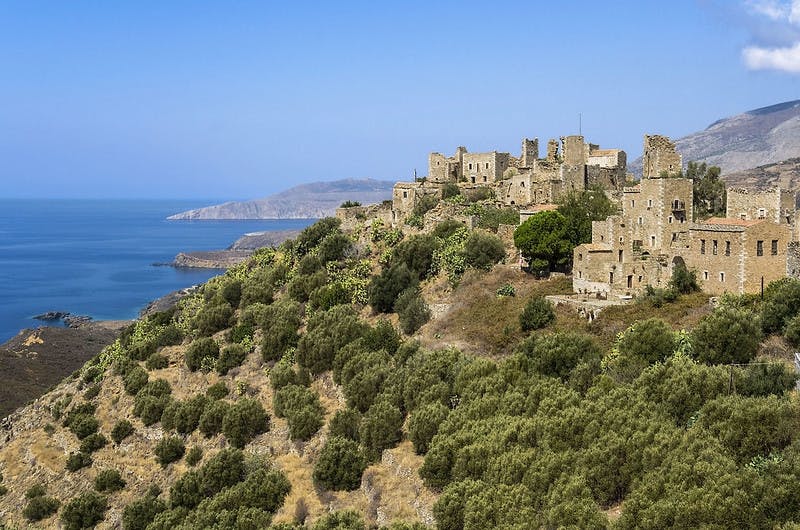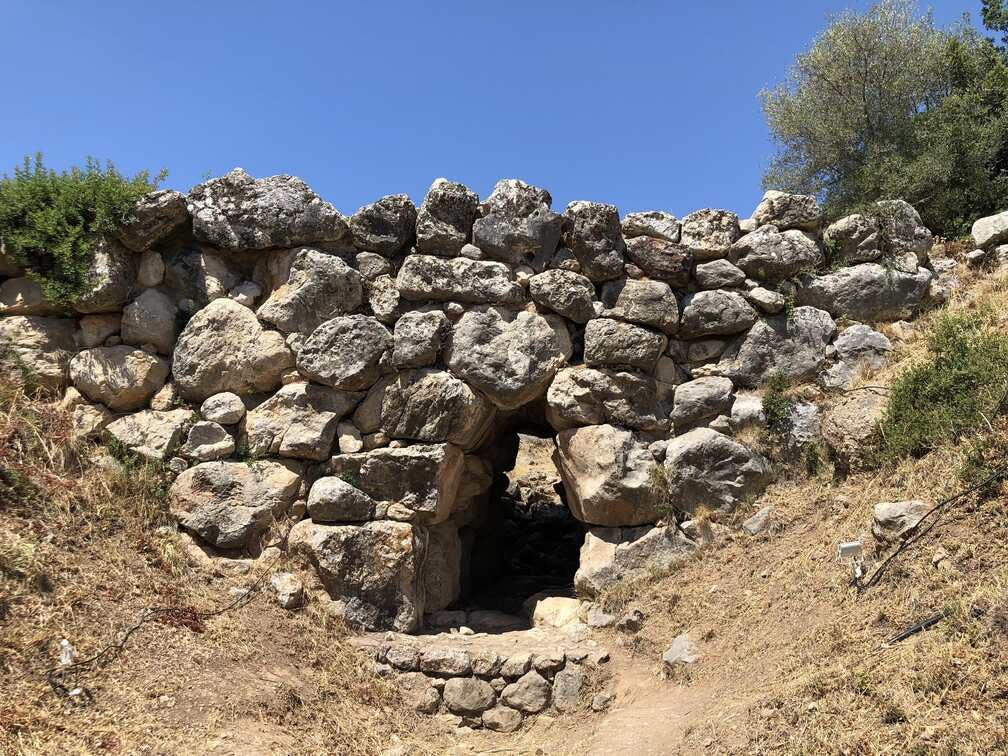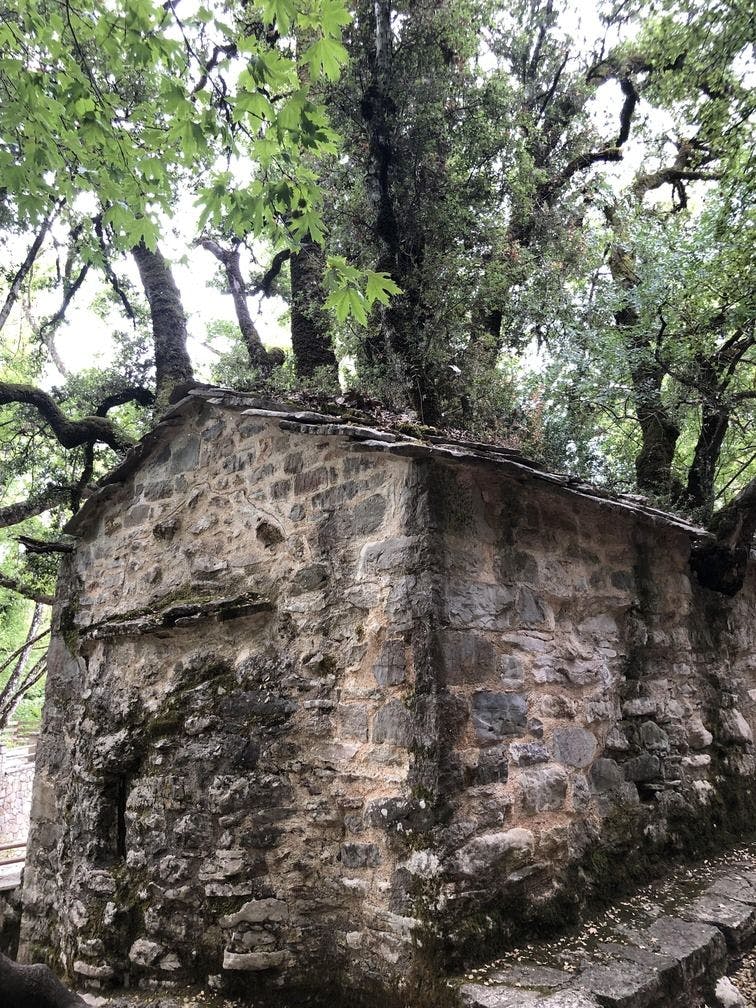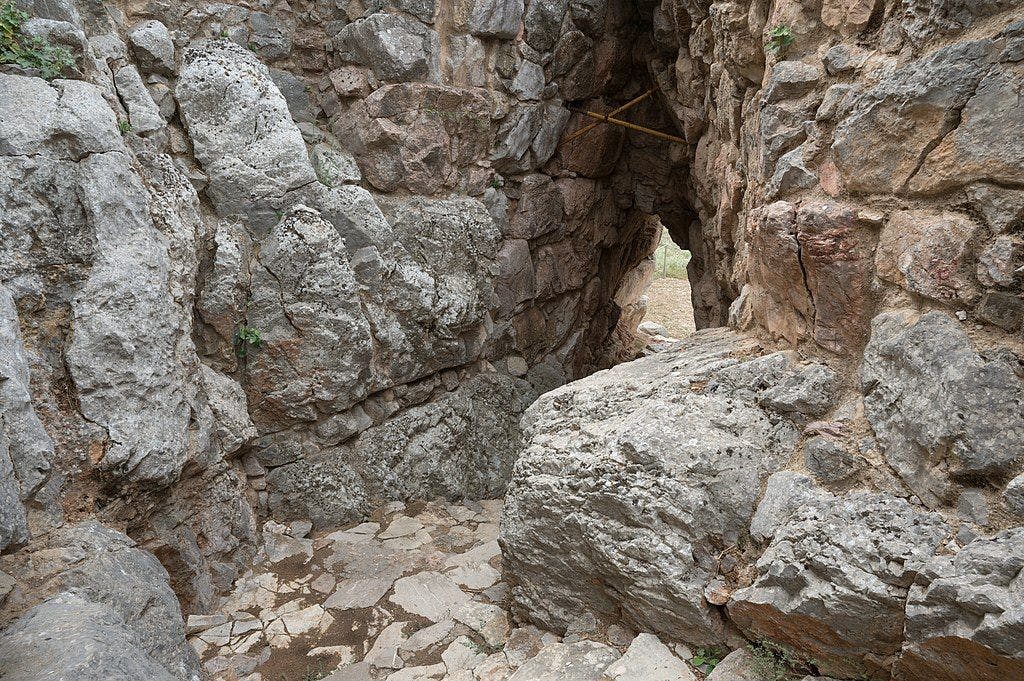The area of Greece and the Balkan Peninsula has been inhabited since the time of the first hominids. With the development of agriculture and the use of the first metals, developments and great migrations that have as their epicentre, the famous Fertile Crescent (in the Middle East) went on over the millennia. It is precisely this migration movement that creates in the area of the islands and mainland Greece the first concepts of civilisation.
Maritime cultures began to form all over the Aegean Sea, populating the coasts and the countless islands: these were the Cycladic and then the Minoan. Their basis of livelihood was the trade of metals, ceramics, textiles, dyes, and food such as fruits, grains, oil, and wine.
Regarding the Peloponnese in particular, scientific studies recount a core civilisation dating back to the Bronze Age, which was later joined by a population probably originating from the Balkans, setting the foundation for a mighty military folk: the Achaeans.
We owe this civilisation’s earliest explorations and discoveries to the German Heinrich Schliemann. In the 19th century CE, prompted by legendary tales, mythological stories and classics of ancient literature such as the Iliad and Homer’s Odyssey, he ventured into these lands and uncovered an entire civilisation. Despite the rough and often invasive attempts of the time in exhuming artefacts, today, we inherit important archaeological sites and unique pieces.
The Achaeans founded Argos, Tiryns, Pylos, and especially Mycenae, the centre of their domain, which is why their culture is also known as Mycenaean.
As previously mentioned, the Achaeans distinguished themselves as a people of warriors. They gave rise to Homer’s legendary tales, in which their warlike nature is very much alive, making them the force behind their expansion. They, united and captained by the famous Agamemnon, conquered and subjugated populations of the Aegean, including the legendary Ilium, famously known as Troy.
Homer’s writings, though mythical and legendary, offer an exciting insight on which to better understand this population’s character. The Achaeans, although skilled fighters, were also farmers who based much of their identity on agriculture, trade and a deep bond to the deities that were slowly being welded into the common culture. This gave a principle of unity to the Achaean peoples and tribes, who identified themselves in a word that was the progenitor of Greece as we know it today: “Hellas.”



